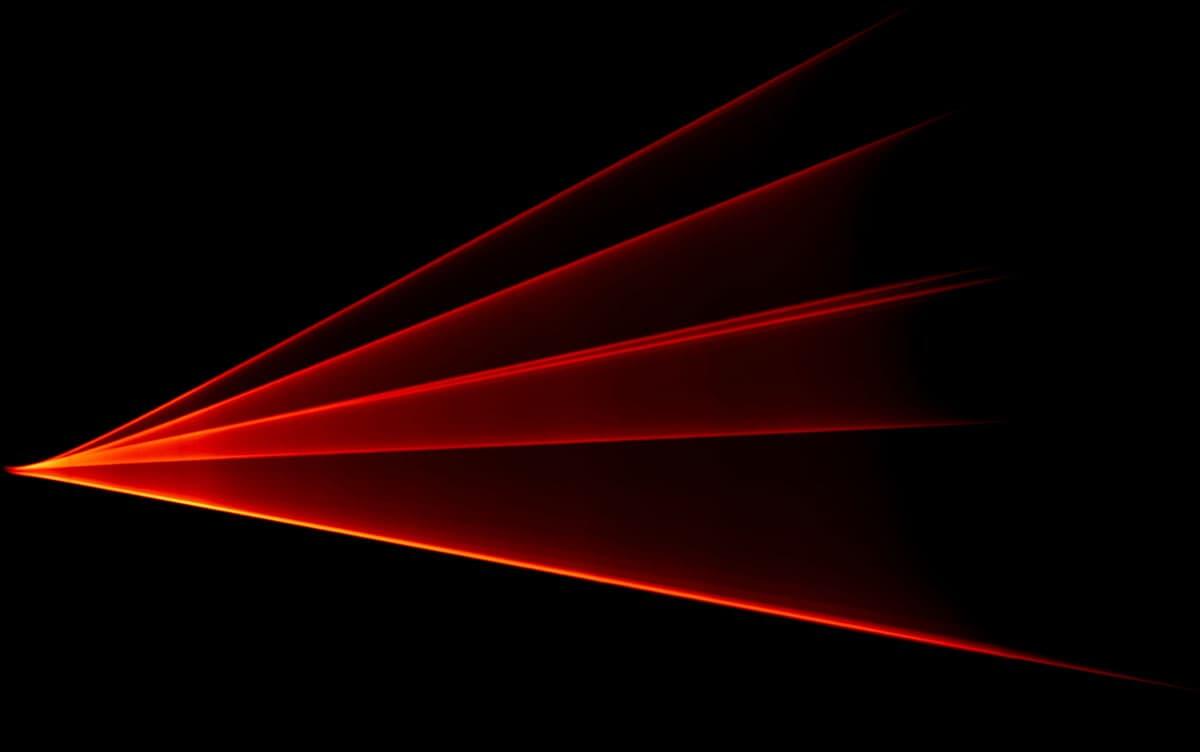Research News
Advancing 3D Structural Imaging of Neurons: A Tenfold Increase in Accuracy via Scatterometry
 Image by Remigiusz Gora/Shutterstock
Image by Remigiusz Gora/Shutterstock
Researchers at University of Tsukuba have achieved a significant breakthrough by employing scatterometry, a technique originally used to measure semiconductor microstructures, for the analysis of neurons. By incorporating machine learning, the researchers enhanced the accuracy of structural analysis based on the diffraction patterns of light projected onto the samples. This novel approach delivers more than tenfold gains in resolution and measurement speed compared to conventional optical microscopes.
Tsukuba, Japan—The brain consists of numerous neurons, each acting as a fundamental unit of information processing. However, their precise functions remain only partially understood. In particular, the mechanisms of memory remain a major unresolved challenge in neuroscience, with the underlying principles and processing pathways still largely unknown. One strategy to address this problem is to measure the morphology and internal structural dynamics of individual neurons in a non-invasive, high-resolution way. Fluorescence microscopy remains one of the most widely used techniques for this purpose. In this approach, specific components of the sample are labeled with a fluorescent dye, and the resulting emission is observed after the sample is irradiated with excitation light. Nevertheless, this method has several limitations, including the difficulty of labeling, the biotoxicity of dyes, and the long time required for high-resolution imaging.
The research team has developed a method for rapid and precise three-dimensional measurement of the fine structure of neurons. In particular, they successfully applied scatterometry to neurons. This technique does not require labeling and enables non-contact, non-destructive measurement together with direct shape analysis. The method reconstructs the original structure from the diffraction pattern of light projected onto the sample. Unlike conventional optical microscopes, which generate artifacts through lens-based image formation and are restricted by limited resolution, the new approach avoids these problems. As a result, a measurement accuracy of 0.2 μm was achieved for a cell with a diameter of 2 μm. In principle, it is also possible to determine the positions of vesicles inside the cell and detect electrical signals emitted by neurons within a time window of 1 ms. Spatial resolution and measurement speed were improved by more than an order of magnitude compared to conventional systems.
Although scatterometry has traditionally been applied in the semiconductor field, its use is limited to objects with periodic structures. The team overcame this restriction by developing new measurement, computational, and analytical techniques. Furthermore, since neurons have relatively well-defined shapes, this newly developed method is highly applicable and is expected to contribute to a deeper understanding of memory-related mechanisms in the brain.
###
This work was supported by University of Tsukuba (R&D Project with Inter-Faculty Team).
Original Paper
- Title of original paper:
- High-speed three-dimensional cross-sectional measurement of cultured neurons by scatterometry that improves resolution by an order of magnitude
- Journal:
- Optics Express
- DOI:
- 10.1364/OE.553331
Representative
Assistant Professor IWATA Suguru
Institute of Medicine, University of Tsukuba
Correspondence
Researcher HOSHINO Tetsuya
R&D Center for Innovative Material Characterization, University of Tsukuba
Related Link
Institute of Medicine
R&D Center for Innovative Material Characterization







